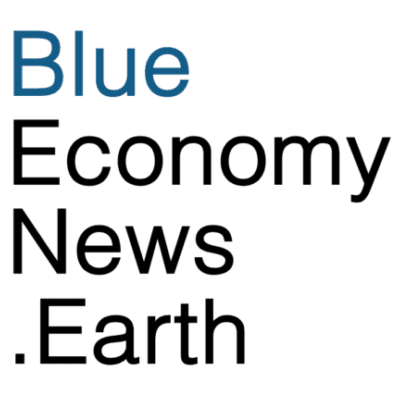A draft resolution from the Global High Ambition Plastics Treaty gathering this week in Geneva falls far short of “High Ambition.” Instead, while our bodies and oceans fill up with the residue of plastic, petrochemical and plastic producing countries–including the U.S.– blocked any effort to cap production or set meaningful targets for reduction.
“Each Party should take measures, as appropriate, and in accordance with its national circumstances and capabilities, to manage, reduce, or not allow, the manufacture, export or import of plastic products…” that are likely to enter the environment and not be stopped by waste management; that are difficult to reuse or recycle; that disrupt or inhibit the circular economy on a large scale; or that contain intentionally added microplastics, the draft said.
“With plastic pollution at crisis levels globally, the Chair’s draft text is completely unacceptable: it includes no mention of plastics reduction, and any mention of ghost gear – the deadliest form of plastic pollution to marine life – has been scrubbed from the text,” said Nicholas Mallos, vice president of Ocean Conservancy’s ocean plastics program in a statement. “Further, the section on funding is inadequate for any treaty to be effectively implemented, threatening the ability for many Member States to achieve the goals of the agreement.
“The science is clear: to reduce plastic pollution, we must make and use less plastic to begin with, so a treaty without reduction is a failed treaty. Time is running out, and we stand ready to support the Chair and Member States in shaping a stronger, more impactful agreement to meet this crisis with the urgency it demands. The health of our ocean and our communities depend on it.”
Among the declarations, the document said that each party, again “taking into account its national circumstances and capabilities” should endeavor to “improve plastic product design, in pursuit of circularity, including but not limited to resource efficiency and circular economy approaches” in order to ensure its durability, recyclability and so forth and to reduce leakages of plastic waste and products into the environment.
The document also thought it would be good to avoid leaking plastic into the environment, again, taking into account each country’s national circumstances and capabilities.

